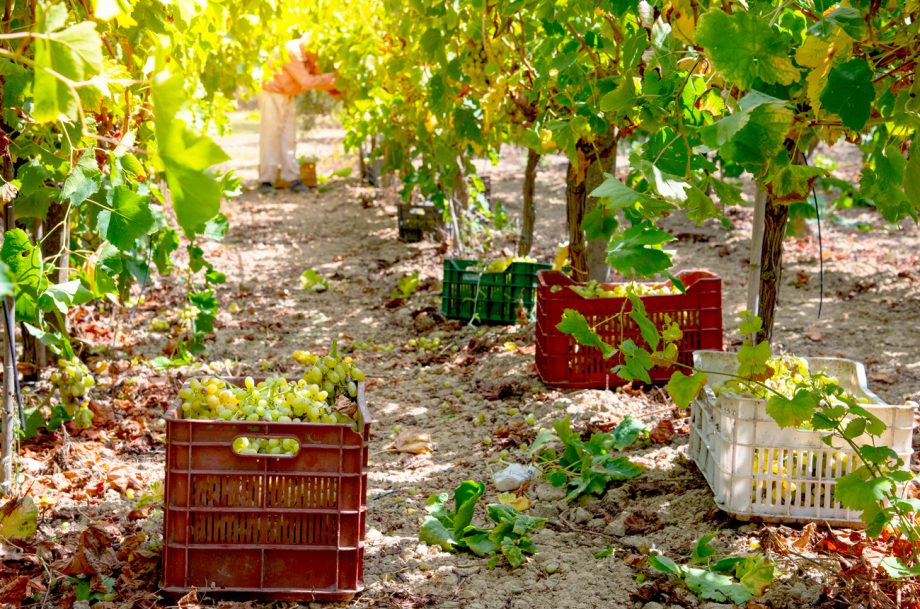The world of wine is experiencing an unprecedented transformation as climate change reshapes the very foundation of viticulture. From the sun-drenched hills of Tuscany to the misty valleys of Burgundy, wine regions that have produced exceptional grapes for centuries are now grappling with rising temperatures, unpredictable weather patterns, and shifting growing seasons. This environmental upheaval is not just altering the taste profiles of beloved wines—it’s forcing an entire industry to reimagine how and where grapes can be successfully cultivated.
As temperatures climb and precipitation patterns become increasingly erratic, vintners worldwide are discovering that the delicate balance between climate and terroir, which has defined wine quality for millennia, is being fundamentally disrupted. The implications extend far beyond the vineyard, affecting everything from wine pricing and availability to the cultural heritage of traditional wine-producing regions.
Rising Temperatures and Heat Stress
Accelerated Ripening Cycles
One of the most immediate impacts of climate change on wine grapes is the acceleration of ripening cycles. As global temperatures rise, grapes are reaching maturity earlier in the season, often before they’ve developed the complex flavor compounds that define premium wines. This premature ripening leads to higher sugar concentrations and subsequently higher alcohol levels, fundamentally altering the character of wines from affected regions.
Physiological Stress on Vines
Extreme heat events are becoming more frequent and intense, causing significant physiological stress on grapevines. When temperatures exceed optimal growing ranges, vines shut down photosynthesis to conserve water, leading to reduced fruit quality and yield. Heat stress can also cause grape berries to shrivel or develop sunburn, making them unsuitable for wine production.
Shifting Precipitation Patterns

Drought Conditions and Water Scarcity
Many traditional wine regions are experiencing prolonged drought conditions, forcing vintners to implement costly irrigation systems or watch their yields decline dramatically. Water scarcity not only affects grape production but also increases competition for water resources with other agricultural sectors and urban areas.
Extreme Weather Events
Climate change has intensified the frequency and severity of extreme weather events, including hailstorms, floods, and unexpected frosts. These events can devastate entire vintages within minutes, causing millions of dollars in losses and disrupting supply chains. The unpredictability of these weather patterns makes it increasingly difficult for producers to plan and protect their crops effectively.
Geographic Shifts in Wine Production
Traditional Regions Under Pressure
Established wine regions like parts of Spain, southern Italy, and California’s Central Valley are becoming too hot for certain grape varieties. Some areas that have produced wine for over a thousand years may become unsuitable for viticulture within the next few decades, forcing producers to abandon ancestral vineyards.
Emergence of New Wine Regions
Conversely, previously unsuitable regions are becoming viable for grape cultivation. Areas in northern England, southern Sweden, and higher altitude locations are experiencing increased interest from vintners seeking cooler climates. This geographic shift is creating new opportunities while simultaneously threatening traditional wine-producing communities.
Adaptation Strategies and Innovation
Technological Solutions
Forward-thinking producers are investing in climate-controlled fermentation facilities, advanced irrigation systems, and protective netting to shield grapes from excessive sun exposure. Some are experimenting with reflective mulches and specialized canopy management techniques to create microclimates within their vineyards.
Varietal Selection and Breeding
Wine producers are increasingly turning to heat-resistant grape varieties and developing new cultivars through selective breeding programs. Ancient grape varieties that were previously considered obsolete are being rediscovered for their climate resilience, while researchers work to develop new hybrids that can withstand extreme weather conditions.


